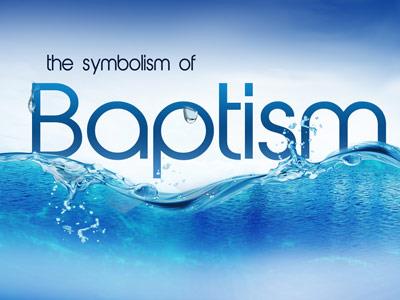-
The Temple Of Salvation Series
Contributed by Bobby Mcdaniel on Nov 28, 2017 (message contributor)
Summary: Part 4 of a series on Old Testament parallels of New Testament salvation. This message studies how Christ assumed the role of the implements used in OT temple worship.
Old Testament Parallels of New Testament Salvation — Part 4
The Temple of Salvation
Scripture Ref: 1 Kings 6
John 1:29; 3:5; 4:34; 8:12;
Hebrews 6:16-20
Luke 23:44-46
Acts 1:3-8
Matthew 5:17-18
1 Corinthians 11:23-26
Other Ref: All the Messianic Prophecies of the Bible, Lockyer
Harper’s Bible Dictionary
The Bible Knowledge Commentary
International Standard Bible Encyclopedia
1. Introduction
a. Last week we learned how the Passover lamb and its sprinkled blood parallels the depiction of Christ as the Lamb of God and how His shed blood performs the same function for us.
b. Today, in the final installment of this series, we are going to examine the Old Testament temple and discover how Christ functions as the temple for us.
c. Before we can make this comparison, though, we must first revisit the OT temple to see how it was made, what items it contained, and the function of those items.
2. The God-Ordained, Man-Made Temple
a. A complete description of the temple can be found in 1 Kings 6.
b. A tour guide’s viewpoint of the temple.
(1) As we approach Solomon’s Temple, our eyes cannot help but be drawn to the massive structure of hewn rock walls, the Temple of God.
(2) Rectangular in shape, the building measures 90 feet long, 30 feet wide, and 45 feet high, and is facing east with the entrance to the surrounding structure is at the south end.
(a) It is not large, only about 2700 square feet of floor space; but it is beautiful, constructed of white limestone.
(b) Inside we will find cedar, pine, and gold as adornments.
(3) We now walk through the main entrance into the forecourt.
(a) The entrance to the forecourt, an open-air area, has no doors, but is flanked by two massive, 31 foot-high bronze columns sitting at the top of a flight of stairs that lead to the 10.5-foot platform on which the temple stands.
(b) As we look about the forecourt, we can see vendors selling animals for sacrifice and money changers to exchange our currency into the local currency.
(c) The most prominent object, though, is the altar of burnt offerings or brazen altar. It is 30 feet long by 30 feet wide and 15 feet high.
(d) We can also see the molten sea, an immense bronze basin measuring 7.5 feet high and 15 feet in diameter. It rests on 12 oxen, three each facing each cardinal point on the compass. It is used by the priests to perform ritual washing of their hands and feet before entering the inner court.
(e) Our eyes are immediately drawn to the beautiful doors that lead to the inner court.
(4) We now walk through the door into the inner court, also called the ‘Holy Place.’
(a) The door, made of cypress, is elaborately carved with cherubim and palm trees, and is overlaid with gold.
(b) As we walk through the door into the ‘Holy Place,’ we are stunned by its beauty.
(1) The Holy Place is 60 feet long. Its walls are covered in cedar, all carved with figures of cherubim, flowers, and palm trees. Its floors are covered in pine. All overlaid with gold.
(2) We are first drawn to the entrance to the Holy of Holies. Golden chains hang across the doors.
(3) A small altar for incense, made of cedar and overlaid with gold, stands by this door.
(4) We see ten golden lamp stands situated in two groupings of five on either side of the altar.
(5) The next major item we see in this chamber is also made of gold, or at least overlaid with gold. It is the table for the ‘bread of the Presence.’ It, too, is flanked by five golden lamp stands on either side.
(c) We return to the door leading to the Holy of Holies. It is made of olive wood and is carved with cherubim, flowers, and palm tress, all overlaid with gold.
(1) As we proceed into the Holy of Holies, we first notice that it is a perfect cube with dimensions of 30 feet by 30 feet by 30 feet.
(2) The most prominent feature in this room are two cherubim with extended wings, carved from olive wood, equal in size, and covered in gold. Their wingtips meet in the center of the room, and they occupy the full 30-foot width of the room.
(3) Also in the room is the Ark of the Covenant, a box carved of acacia wood and covered with gold on both the inside and outside. It contains the stone tablets of Mosaic Law, a pot of manna, and the Rod of Aaron. Its cover, known as the mercy seat, was where God rested when His presence was in the room.
3. A Comparison
a. Having viewed the temple and its contents, review the articles of importance: the brazen altar, the molten sea or laver, the bread of the Presence or showbread, the lampstands, the Golden Altar of Incense, the Veil or door to the Holy of Holies, and the Ark of the Covenant.

 Sermon Central
Sermon Central



